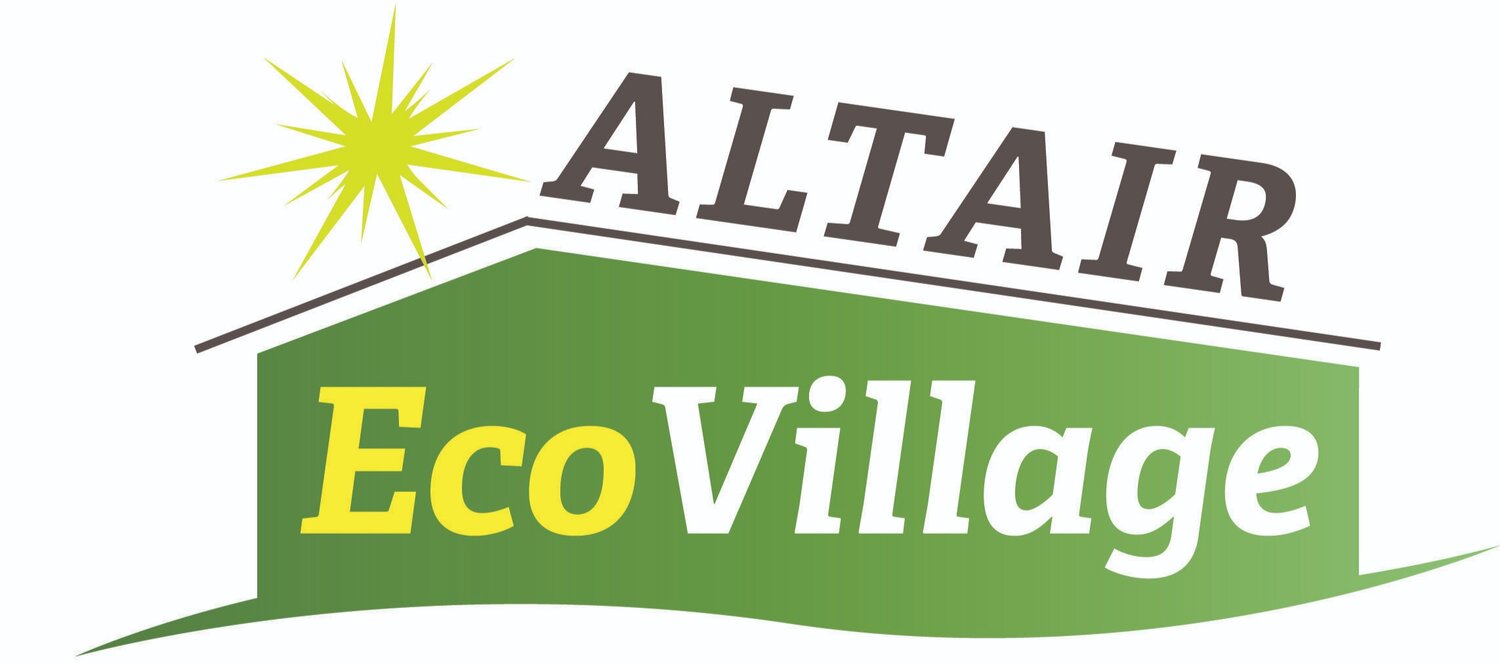Introduction to SITES Rating System
/Hi! Continuing with the theme of Ecology ... this week I am introducing the SITES v2 rating system, a tool Altair will use in designing the site plan.
SITES v2 is a rating system and certification program for sustainable land design and development created by Green Business Certification Inc. SITES complements the LEED Building Rating System for building design, construction, operations, and performance. SITES defines sustainable sites, measures their performance, and increases the value of landscapes.
“The Sustainable Sites Initiative (SITES) was created in response to an immediate need to shift our current development mindset to define and measure the performance of healthy ecological systems. By altering our current development path to be more compatible with these natural systems, we can increase the capability of future generations to meet their own needs.”
There are 10 SITES Building Principles:
Do no harm. Make no changes to the site that will degrade the surrounding environment.
Apply the precautionary principle. Be cautious in making decisions that could damage human/environmental health, examine alternatives and be open to contributions from all affected parties.
Design with nature and culture. Create designs responsive to economic, environmental, and cultural conditions to the local, regional, and global context.
Use a decision-making hierarchy of preservation, conservation, and regeneration. Maximize benefit of ecosystem services by preserving existing environmental features, conserving resources sustainably, and regenerating lost/damaged ecosystem services.
Provide regenerative systems as intergenerational equity. Provide future generations with a sustainable environment with regenerative systems and resources.
Support a living process. Continuously reevaluate assumptions and values. Adapt to demographic/environmental change.
Use a systems thinking approach. Understand/value relationships in an ecosystem. Use an approach that reflects and sustains ecosystem services. Use an approach that reestablishes the integral and essential relationship between natural processes and human activity.
Use a collaborative and ethical approach. Encourage direct and open communication among colleagues, clients, manufacturers and users to link long-term sustainability with ethical responsibility.
Maintain integrity in leadership and research. Implement transparent and participatory leadership; develop research with technical rigor; and communicate new findings in a clear, consistent, and timely manner.
Foster environmental stewardship. In all aspects of land development and management, foster an ethic of environmental stewardship—an understanding that responsible management of healthy ecosystems improves the quality of life for present and future generations.
All of these principles work together to assess a site’s sustainability. SITES aims to provide "a systematic, comprehensive set of guidelines to model development practices after healthy systems and processes." Check out the Sites Scorecard.
Chester County's soon-to-be-adopted Climate Action Plan promotes sustainable energy and energy efficiency, both by recommending green building standards that include energy efficient standards, and by encouraging low impact developments in growth areas.
East Pikeland Township’s exploration into Low-Impact Development is a great example of how this recommendation could be implemented.
–Rachael Griffith, Professional Planner, Professional Landscape Architect
SMART GROWTH
Pioneer Valley Cohousing in North Amherst, MA, shows clustered homes, pedestrian walkways, a common house, green, gardens, office facilities, remote parking, and more than 50 percent of open space.
By contrast . . .
A Typical Suburban car-oriented Development
If you are interested in learning more about the Sustainable SITES Initiative, check out these free courses on their website!




